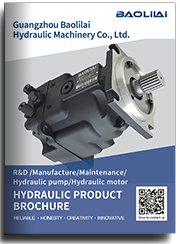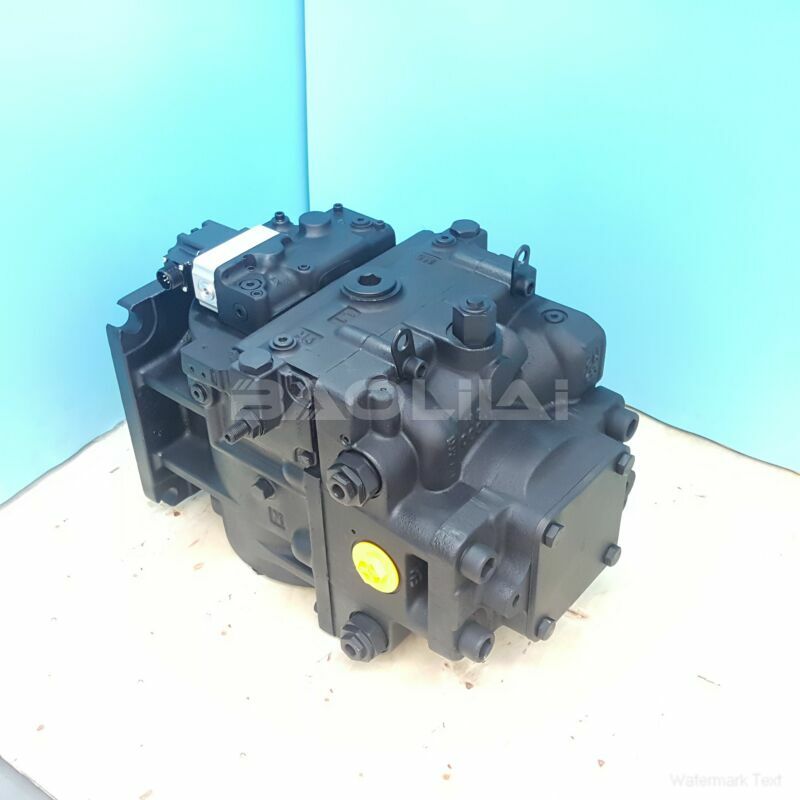90L100KA1CD80S4F1E03GBA383824 danfoss pump
90L100KA1CD80S4F1E03GBA383824 danfoss pump

- Product Details
- Applicable Scene
Piston pumps play a critical role in the field of water treatment, especially when it comes to chemical dosing. These pumps provide a precise and reliable method to deliver chemicals that are essential for ensuring water quality and safety. This article explores how piston pumps work, their advantages, and their applications in water treatment processes.
90-L-100-KA-1-CD-80-S-4-F1-E-03-GBA-38-38-24
90L100KA1CD80S4F1E03GBA383824
Piston pumps operate by utilizing a reciprocating motion to draw fluid into a cylinder and then expelling it under pressure. This mechanism allows for accurate volume control, which is crucial when dosing chemicals. In water treatment, various chemicals such as chlorine, coagulants, and pH adjusters are used to treat water and remove impurities. The precise control offered by piston pumps ensures that the correct dosage is delivered, minimizing the risk of over or under-dosing.

9622179
One of the main advantages of using piston pumps for chemical dosing is their high accuracy and efficiency. Unlike other types of pumps that may deliver variable flow rates due to changes in pressure or viscosity, piston pumps maintain a consistent output. This feature is vital in water treatment processes where the stability of chemical concentrations affects the effectiveness of treatment processes.
Piston pumps are also suitable for a wide range of chemical viscosities and compositions, making them versatile for various applications. They can handle viscous fluids and slurries, which are often encountered in water treatment operations. Furthermore, they are capable of operating at high pressures, allowing them to be used in situations where other pump types may fail.
In water treatment facilities, piston pumps are often employed in several key areas. For instance, they are used for the dosing of chlorine for disinfection purposes, ensuring that a consistent and safe level of chlorine is maintained in the water supply. Additionally, they are commonly used for adding coagulants that help in the removal of suspended solids and turbidity in the water.





